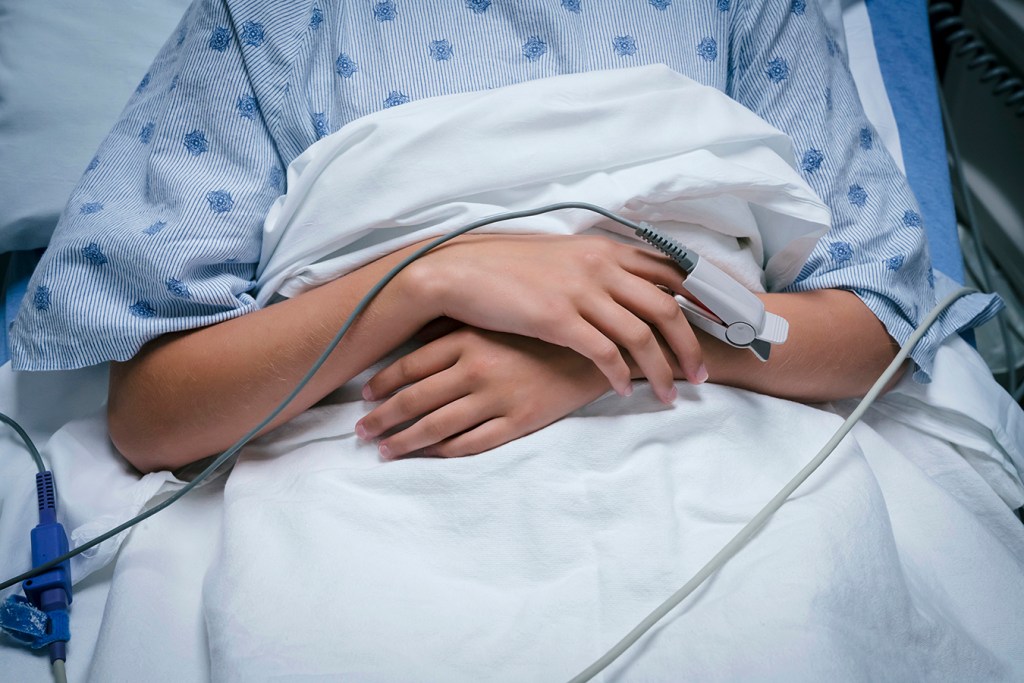Hundreds of hospitals across the nation, including a number with sterling reputations for cutting-edge care, will be paid less by Medicare after the federal government pronounced that they had higher rates of infections and patient injuries than others.
The Centers for Medicare & Medicaid Services on Wednesday identified 786 hospitals that will receive lower payments for a year under the Hospital-Acquired Conditions Reduction Program, a creation of the Affordable Care Act. The penalties are designed to encourage better care without taking the extreme step of tossing a hospital out of the Medicare and Medicaid programs, which would drive most hospitals out of business.
Now in their sixth year, the punishments, known as HAC penalties, remain awash in criticism from all sides. Hospitals say they are arbitrary and unfair, and some patient advocates believe they are too small to make a difference. Research has shown that while hospital infections are decreasing overall, it is hard to attribute that trend to the penalties.
Look Up Your Hospital: Is It Being Penalized By Medicare?
“There is limited evidence that this is the kind of program that makes things better,” said Andrew Ryan, a professor of health care management at the University of Michigan School of Public Health.
Under the law, Medicare is mandated each year to punish the quarter of general care hospitals that have the highest rates of patient safety issues. The government assesses the rates of infections, blood clots, sepsis cases, bedsores, hip fractures and other complications that occur in hospitals and might have been prevented. Hospitals can be punished even if they have improved from past years.
Medicare cuts every payment by 1% for those hospitals over the course of the federal fiscal year, which started in October and runs through the end of September.
Since the program’s onset, 1,865 of the nation’s 5,276 hospitals have been penalized for at least one year, according to a Kaiser Health News analysis.
Many hospitals escaped penalties because they were automatically excluded from the program, either because they solely served children, veterans or psychiatric patients, or because they have special status as a “critical access hospital” for lack of nearby alternatives for people needing inpatient care.
This year, 145 hospitals received their first penalty, the analysis found. Conversely, 16 that had been penalized every year since the start of the program avoided punishment. Those included Novant Health Presbyterian Medical Center in Charlotte, North Carolina, and Tampa General Hospital in Florida.
Novant Health said in a statement it had lowered infection rates by being more discriminating in using urinary catheters and central lines, standardizing the steps to prevent infections in surgeries, and getting staffers to wash their hands more.
This year, Medicare penalized seven of the 21 hospitals on the U.S. News Best Hospitals Honor Roll, an annual ranking often used as a proxy for identifying the most prestigious facilities.
Those penalized “honor roll” hospitals were UPMC Shadyside in Pittsburgh; Ronald Reagan UCLA Medical Center in Los Angeles; Keck Hospital of USC; Stanford Health Care’s main hospital in Northern California; UCSF Medical Center in San Francisco; NewYork-Presbyterian/Weill Cornell Medical Center in Manhattan; and the Mayo Clinic’s hospital in Phoenix.
Only UCSF commented to KHN on the penalties, blaming its high HAC rates on its thoroughness in identifying infections and reporting them to the government.
“That commitment will naturally make our rates appear to be higher than some other hospitals,” UCSF said in a written statement.
Three other “honor rollees” have avoided punishment in all six years of the penalties: Massachusetts General Hospital, the Mayo Clinic’s flagship hospital in Rochester, Minnesota, and Penn Presbyterian Medical Center in Philadelphia.
Johns Hopkins Hospital in Baltimore has also avoided penalties every year, but Medicare excludes all Maryland hospitals from the program because it pays them through a different arrangement than for the rest of the states.
The federal Agency for Healthcare Research and Quality last year estimated there were about 2.5 million hospital-acquired conditions in 2017. Rates have been dropping by about 4.5% a year, the agency calculated, with the biggest decreases since 2014 in infections from Clostridioides difficile, known as C. diff.; bad reactions to medications and postoperative blood clots.
Maryellen Guinan, a senior policy analyst at America’s Essential Hospitals, the association of about 300 safety-net hospitals said, “Our folks even before the HAC program was in existence have been doing a lot to put in infection controls.”
However, a study Ryan and colleagues published in Health Affairs in November analyzed a clinical surgical data registry used by 73 Michigan hospitals and concluded that hospital complications rates were higher than what the government has estimated. The study agreed rates were dropping but said there was no proof the HAC penalties played a role.
Leah Binder, president of The Leapfrog Group, a patient safety organization, said the complex formula Medicare uses to allot penalties is too confusing and the penalty set by Congress is too small to be effective.
“Americans expect 100% of hospitals to go to the ends of the Earth to prevent needless patient suffering, and singling out some hospitals for a little 1% ding isn’t enough,” she said.
CMS did not respond to requests for comment for this story.
The Association of American Medical Colleges said 45% of its members were penalized this year — nearly double the rate of other hospitals.
Dr. Atul Grover, the association’s executive vice president, said teaching hospitals incurred penalties more often because they often treat some of the sickest people and Medicare’s calculations did not sufficiently take into account the especially weakened condition of their patients, which make them more susceptible to infections.
“There are still issues with the methodology, surveillance bias, and the inability to fully risk adjust for our institutions that have patients who are sicker” and are more likely to have multiple medical problems, Grover said in an email.
This story was produced by Kaiser Health News, an editorially independent program of the Kaiser Family Foundation.
